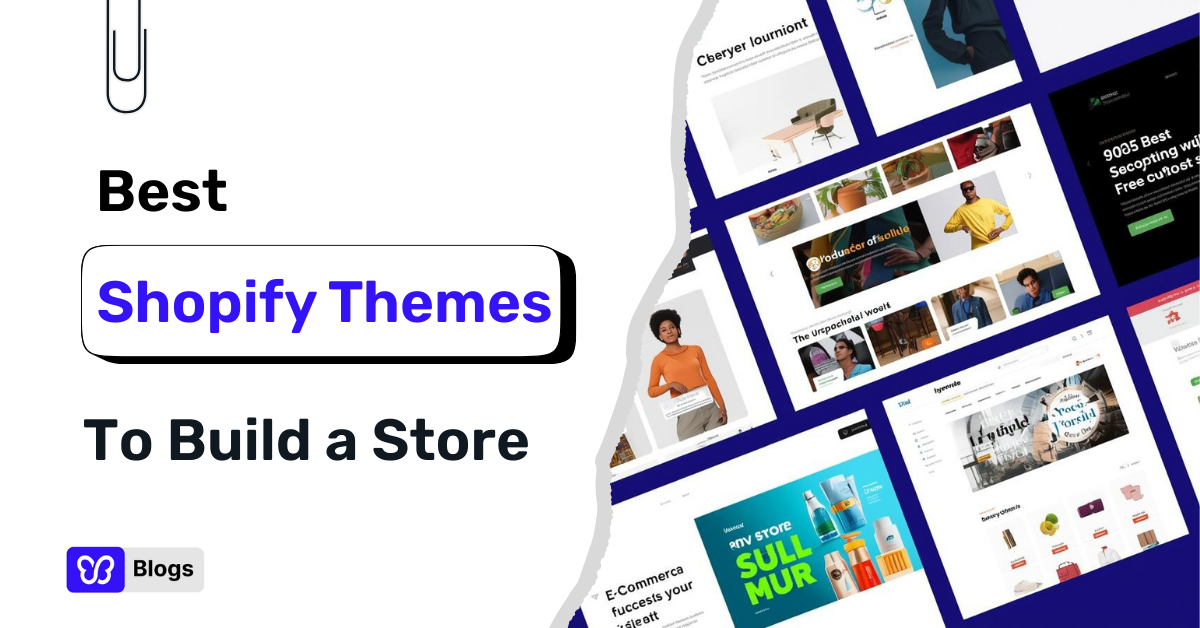Picture this: You're standing at the edge of a vast digital landscape, filled with millions of potential customers just waiting to discover your brand.
But how do you capture their attention? How do you guide them through the twists and turns of the social media realm and lead them straight to conversion?
That's where the social media marketing and social media sales funnel comes in!
Think of it as your very own superhero cape, empowering you to navigate the ever-changing tides of social media and transform strangers into loyal customers. From creating awareness to sealing the deal, each stage of the social marketing funnel holds a unique set of strategies and tactics that will propel your brand to new heights.
But here's the best part: We're not just going to show you the ropes; we're going to make it fun and engaging along the way! No boring lectures or mind-numbing jargon here. We're going to dive headfirst into the world of social media marketing with a splash of excitement, a dash of creativity, and a whole lot of awesome results.
Are you ready? Let's conquer the social media universe together!







